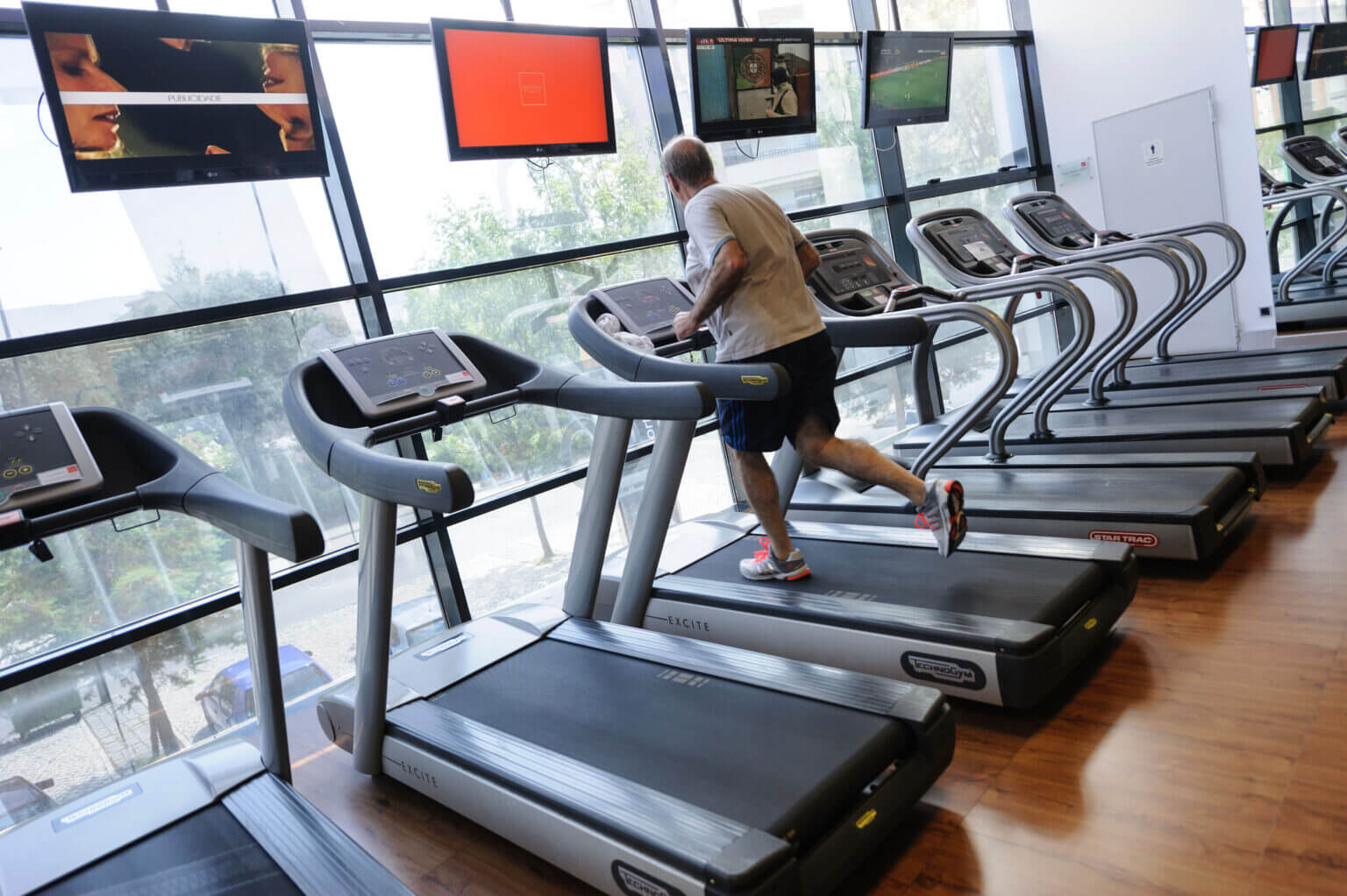Legislative Push to Recognize Gym Memberships as Medical Expenses Could Transform Fitness Spending
A recent proposal within a comprehensive Republican-led tax and spending bill aims to redefine how Americans can utilize their health savings accounts (HSAs) by allowing gym memberships to be classified as qualified medical expenses. This potential change could significantly influence health and fitness expenditures across the country.
Expanding the Scope of Health Savings Accounts
Since their inception in 2004, HSAs have become a popular financial tool for individuals enrolled in high-deductible health plans, enabling them to set aside pre-tax dollars for various healthcare-related costs. Originally limited to basic medical needs like co-pays and prescriptions, the scope of what qualifies as a medical expense has broadened considerably. Today, it includes items such as meal delivery services, sunblock, electrolyte drinks, wearable health devices, and even baby monitors.
The current legislative effort seeks to further expand this list, specifically targeting fitness-related expenses. Under existing regulations, only individuals with specific health conditions-such as cardiovascular issues or obesity-who obtain a doctor’s certification can use their HSAs for gym memberships. However, the proposed bill would eliminate this requirement, making fitness facilities offering weight training, swimming, cycling classes, and other exercise programs eligible for HSA reimbursements.
Legislative Developments and Political Dynamics
While the House of Representatives has already passed a version of the bill including this provision, the Senate has removed it from its draft. The legislative process now hinges on negotiations between the two chambers, with a deadline of July 4 set by Republicans to reach an agreement and present the bill to President Donald Trump for approval. The outcome remains uncertain, but advocates are optimistic about the potential impact.
Implications for the Fitness Industry and Consumers
“This could be a game-changer for the fitness sector,” remarked Jennifer Garrett, Senior Director of Member Support Services at 24 Hour Fitness, a prominent gym chain based in California. Garrett’s company has been collaborating with TrueMed, a service that facilitates obtaining necessary medical documentation, for over two years. She notes that members who pay for gym memberships using HSAs tend to spend more-often opting for annual payments or investing in personal training sessions-compared to those paying month-to-month.
Removing the requirement for a doctor’s note has long been a goal for the fitness industry, as it could significantly boost sales. The National Football League and YMCA have expressed support, especially since the House bill proposed allowing HSA funds to cover up to $500 annually per individual or $1,000 per couple for fitness-related expenses. Given that the average gym membership costs around $50 per month, this could make a substantial difference in affordability and accessibility.
Economic Impact and Tax Benefits
The Congressional Joint Committee on Taxation estimates that broadening HSA eligibility to include gym memberships could reduce federal tax revenue by approximately $10.5 billion over the period from 2026 to 2034. Nonetheless, the tax advantages of HSAs remain compelling. These accounts are often described as “triple tax-advantaged”: contributions are made pre-tax, the funds grow tax-free, and withdrawals for qualified expenses are also tax-exempt. For high-income earners, this can translate into a tax savings of 25 to 35 percent on eligible purchases.
Growing Popularity of HSAs and Preventive Healthcare
HSAs are increasingly prevalent, especially as high-deductible health plans become more common. According to Devenir, a firm tracking these accounts, Americans currently hold around 39 million HSA accounts, with total deposits exceeding $55 billion in 2024. Withdrawals reached $42 billion, and projections suggest that by 2027, total HSA assets could reach nearly $200 billion, reflecting a 33 percent growth from current levels.
Many health and fitness companies are leveraging this trend. For instance, Physique 57, a New York-based fitness chain, reports daily sign-ups for both in-person and online classes paid for with HSA funds, often with a doctor’s note confirming the need for low-impact workouts to aid recovery from injuries. Industry leaders argue that fitness should be viewed as a form of preventive healthcare rather than mere recreation.
Broader Healthcare Policy Changes and Industry Support
The House bill also proposes other significant modifications to HSA regulations, such as allowing individuals enrolled solely in Medicare Part A to continue contributing to their HSAs and expanding eligibility to those purchasing basic “bronze” or catastrophic health plans on the individual marketplace. These changes aim to make HSAs more accessible and versatile, potentially encouraging more Americans to invest in their health proactively.
Industry Perspectives and Future Outlook
Companies manufacturing health and recovery tools have seen increased HSA usage. Ryan Duey, CEO of Plunge-maker of ice baths and saunas-reports that about 5 percent of his customers use their HSAs for purchases starting at nearly $2,000. Similarly, Hyperice CEO Jim Huether notes that approximately 20 percent of his online sales of recovery devices are paid for via HSAs, with customers typically in their 30s and 40s purchasing premium products like $1,100 compression boots. These consumers tend to be repeat buyers, indicating a strong link between HSA eligibility and ongoing health investments.
Another example is Lukas Liedtke, founder of Heat It, which sells devices for relief from insect bites. He estimates that roughly 20 percent of his sales are made using HSAs or Flexible Spending Accounts, highlighting the financial incentive for consumers and businesses alike to view health-related purchases as investments in well-being.
Conclusion: A Shift Toward Preventive and Holistic Healthcare
The potential inclusion of gym memberships as qualified medical expenses within HSAs signals a broader shift in healthcare philosophy-one that emphasizes prevention and holistic health management. As legislation advances, it could pave the way for increased fitness participation, reduced healthcare costs, and a more proactive approach to personal health. The coming months will reveal whether policymakers recognize the value of integrating fitness into the healthcare framework, ultimately fostering a healthier, more active population.

